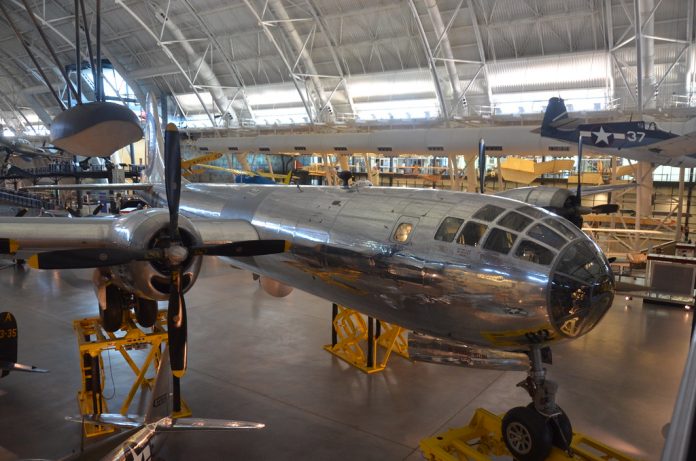
As the last remaining B-29 Superfortresses take to the skies in a commemorative flight across the United States, we are reminded of the indelible mark this aircraft left on both the annals of military aviation and the outcome of World War II.
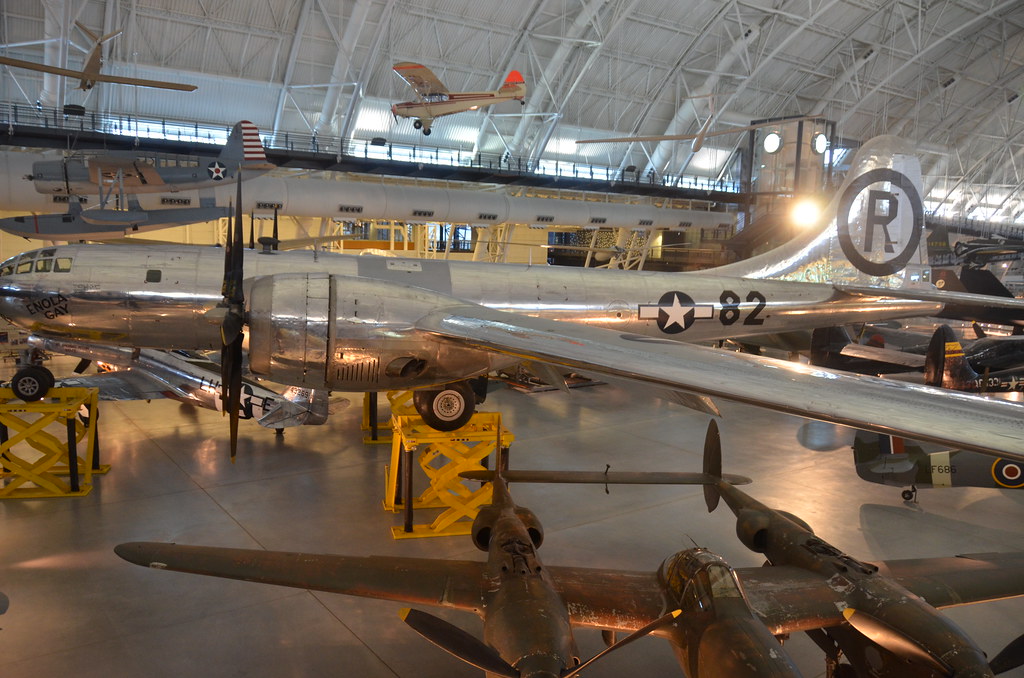
With only two airworthy B-29s left, “FIFI” and “Doc,” enthusiasts and historians alike seize the opportunity to witness these legendary warbirds in action, evoking a powerful connection to the past.

Conceived in the throes of global conflict, the Boeing B-29 Superfortress represented the zenith of wartime aeronautical engineering.

With its pressurized cabin, remote-controlled gun turrets, and extensive range, it was a formidable force that played a critical role in the Allied victory.
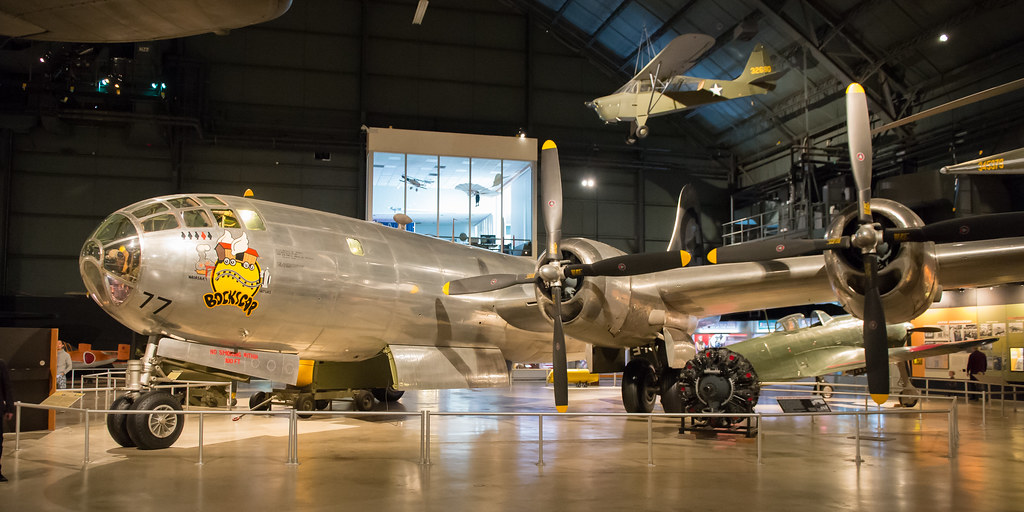
One such bomber, “Bockscar,” housed at the National Museum of the United States Air Force, dropped the “Fat Man” atomic bomb on Nagasaki on August 9, 1945, effectively contributing to the end of the war in the Pacific.

However, the B-29’s service did not cease with the end of World War II. It continued to demonstrate its adaptability and might throughout the Korean War, facing jet fighters and performing a variety of roles, from maritime patrol to weather reconnaissance.
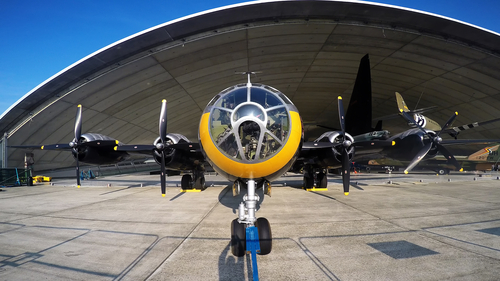
Its legacy further extends into the Cold War era, as the Soviets reverse-engineered captured B-29s to create their own Tupolev Tu-4 bombers, a stark example of the technological race that characterized the period.
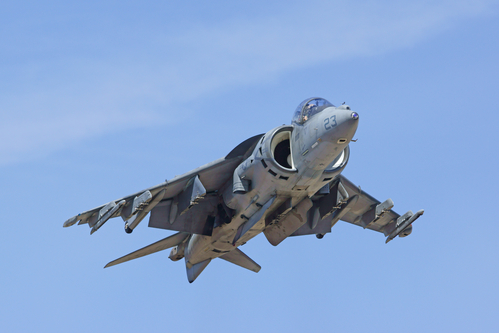
The current B-29 Doc History Restored Tour, which includes a stop at the Lehigh Valley International Airport in Allentown, PA, from May 9-12, 2024, serves as a poignant tribute to the sacrifices of the “Greatest Generation.”

Josh Wells, B-29 Doc’s executive director, remarks, “B-29 Doc provides a unique experience for people to climb inside one of only two remaining B-29 Superfortress bombers and learn about the technological marvel that helped deliver victory to the Allied Forces during World War II.”
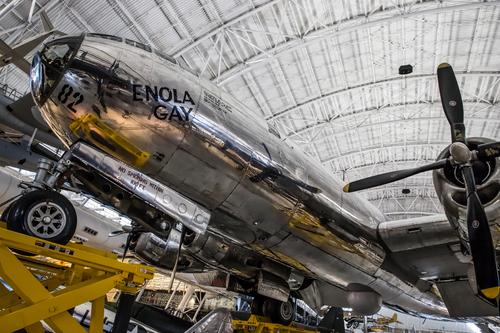
Aviation enthusiasts can not only tour the grounded aircraft but also partake in the B-29 Doc Flight Experience, a 90-minute immersion that includes a 30-minute flight. Here, passengers witness the start-up and run-up of the four mighty Wright R-3350 engines, a sound that once heralded the beginning of missions that shaped our world.
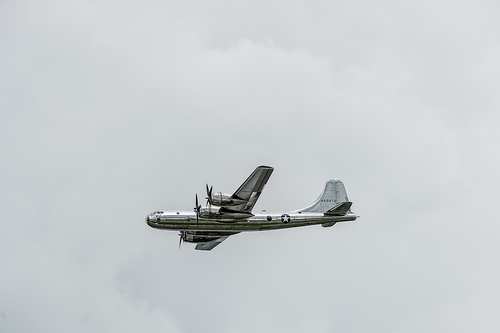
While modern aviation has progressed leaps and bounds since the days of the Superfortress, the B-29 remains a testament to the innovative spirit of its time.

The aircraft introduced several groundbreaking features, like the pressurized crew areas and dual bomb bays, which have influenced bomber design to this day.
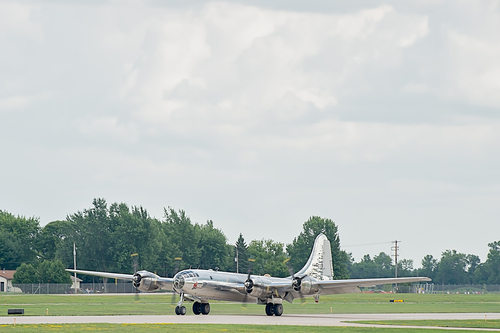
As these historic planes grace the skies once more, they serve as a living museum, a tangible link to an era that saw the zenith of propeller-driven bombers.

The dedicated volunteers who meticulously restore and maintain these aircraft ensure that the legacy of the B-29 Superfortress, and the countless individuals who brought it to life, continues to inspire and educate future generations.
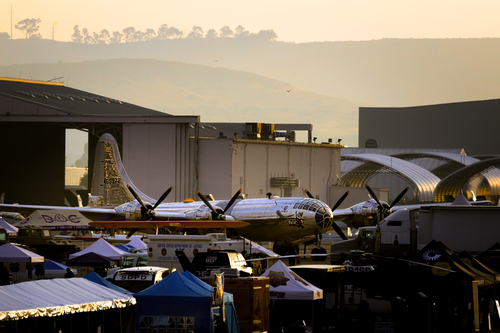
For the enthusiasts and history buffs who follow the soaring path of these majestic warbirds, the B-29 Superfortress remains not just a relic of the past but a symbol of human ingenuity, resilience, and the unyielding pursuit of peace through strength.
Relevant articles:
– The B-29 Superfortress Helped Win World War II: Only 2 Are Airworthy, The National Interest
– B-29 Doc to bring its History Restored Tour to Allentown, PA, B-29 Doc
– Boeing B-29 Superfortress, Museum of Flight
– American Experience, PBS
